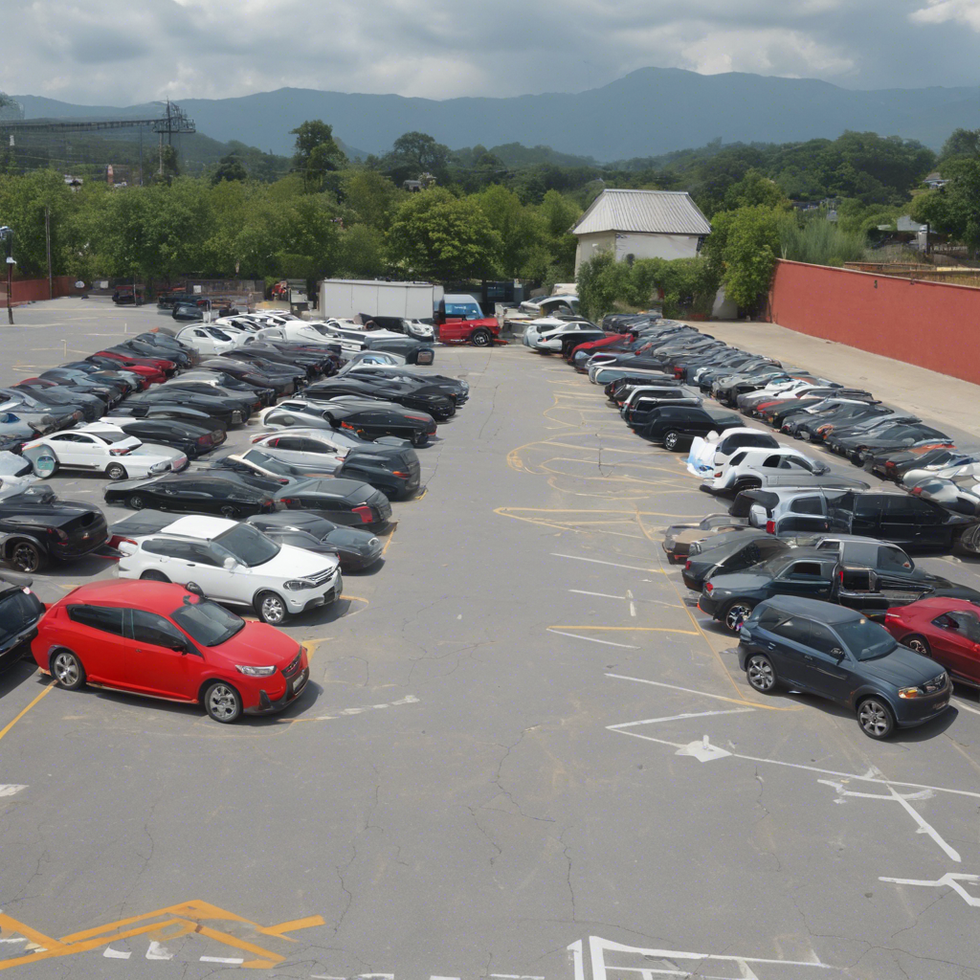Coffee has a significant place in any 21st century denizen's heart, and for those caffeine addicts ready to brave the cold, wind, or rain to get their fix at their favorite spot, the coffee house. Yet what makes this place so vastly different from any other restaurant or even Starbucks?
Whole industries such as Coke and Pepsi have been built around a single ingredient, which that, in theory, any layman could access, and the aforementioned Starbucks should in theory dominate the entire coffee industry. Yet they're still out there. Patrons flocking to locally owned coffee shops even when making your own is so accessible must indicate something else at work here. Therefore, at the risk of sounding like yet another milennial doting over their favorite adult hang-out, this article seeks to point out what makes these little caffeine marketplaces so magnetic to its clients.
The coffeehouse in question here doesn't need to be local, or for that matter attached to a chain. However, a certain commuter knows even the laid-back, conversational atmosphere of Starbs is squared by the true coffee shop on corners downtown.
The house with a clear glass door with a colored, wooden frame. The blackboard-esque menu written in multicolored chalk, tiny attempting-to-be-authentic lanterns placed on the wooden shelf under the menu that showcases the glassware assortments they use that this article can't go into full detail of for lack of comprehension, and because knowing how they do it eliminates the illusion.
The decorations vary, of course, and this ambitious article can't hope to be all inclusive, but the decor ranges from small metal trinkets to hardback books with broken spines placed on wooden shelves. Objects that reflect or shine in the warm lighting. Exposed brick on a far wall, and raised seating for those who want to be out of the way.
No matter how large they always seem cramped, and allot for no space to swallow the chatter of its frequenters. The hardwood tables always tight, the bathroom never too spacious, the outside spots never private enough.
Those massive windows aren't there just to lure those outside to come in, they also work to let in tons of natural sunlight on any kind of day. This article can't hit on each one, but one doesn't simply have a coffeehouse lit by ultraviolet light. The bathroom has only one toilet, which purposeful or not, makes the patron feel like they could still be at their house. Obviously, what any introvert needs when they tread out into the public sphere.
This brings forward who the followers are of the coffee shrines are. The first coffee houses, dating back to one in Istanbul, were used, if not intended, to be sanctuaries from everyday society and work life and it's easy to say that this has been maintained across all centuries. Just as in antiquity, patrons range from wealthy writers, painters, and free thinkers where they could exchange ideas freely.
This may be the crux of what makes the coffeehouse such a treasured place to so many; paying for a $7.45 iced Americano isn't the same in a drive-through as much as it is a ticket to enter a stage full of actors willing to share tables or sit at close range.
For this reason, the coffee house will live on as a place in society where culture is both created as well as left at the doorstep. Though no object can remain across time in its originally intended state, the coffee house is here to stay in an ever-transforming splendor.







 StableDiffusion
StableDiffusion Photo by
Photo by  Photo by
Photo by 
 full parking
StableDiffusion
full parking
StableDiffusion









